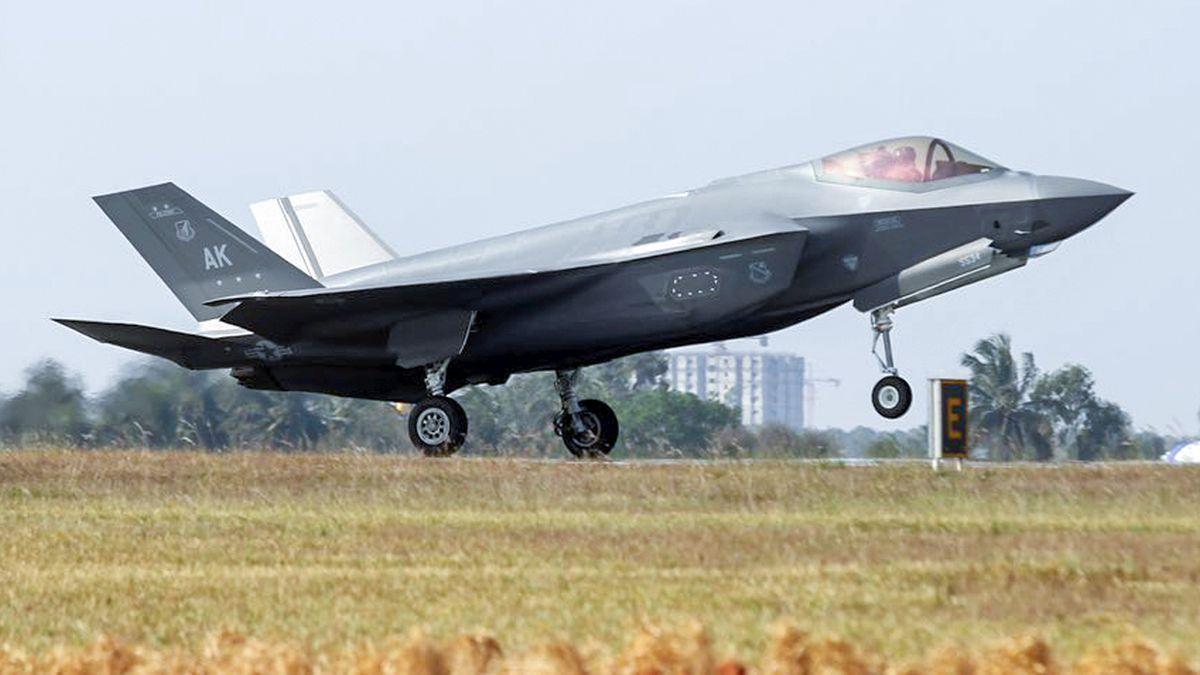
Arming Armed Forces: India's Choice Not Trump's
- 15.03.2025 18:47
- rediff.com
- Keywords: danger, success
India prioritizes equipping its armed forces operationally rather than commercially, as highlighted by Lt. Gen. Prakash Katoch. He advocates for indigenous capabilities like the Wheeled Armoured Platform (WhAP) over foreign options like the Stryker, emphasizing self-reliance to counter China's expanding military influence.